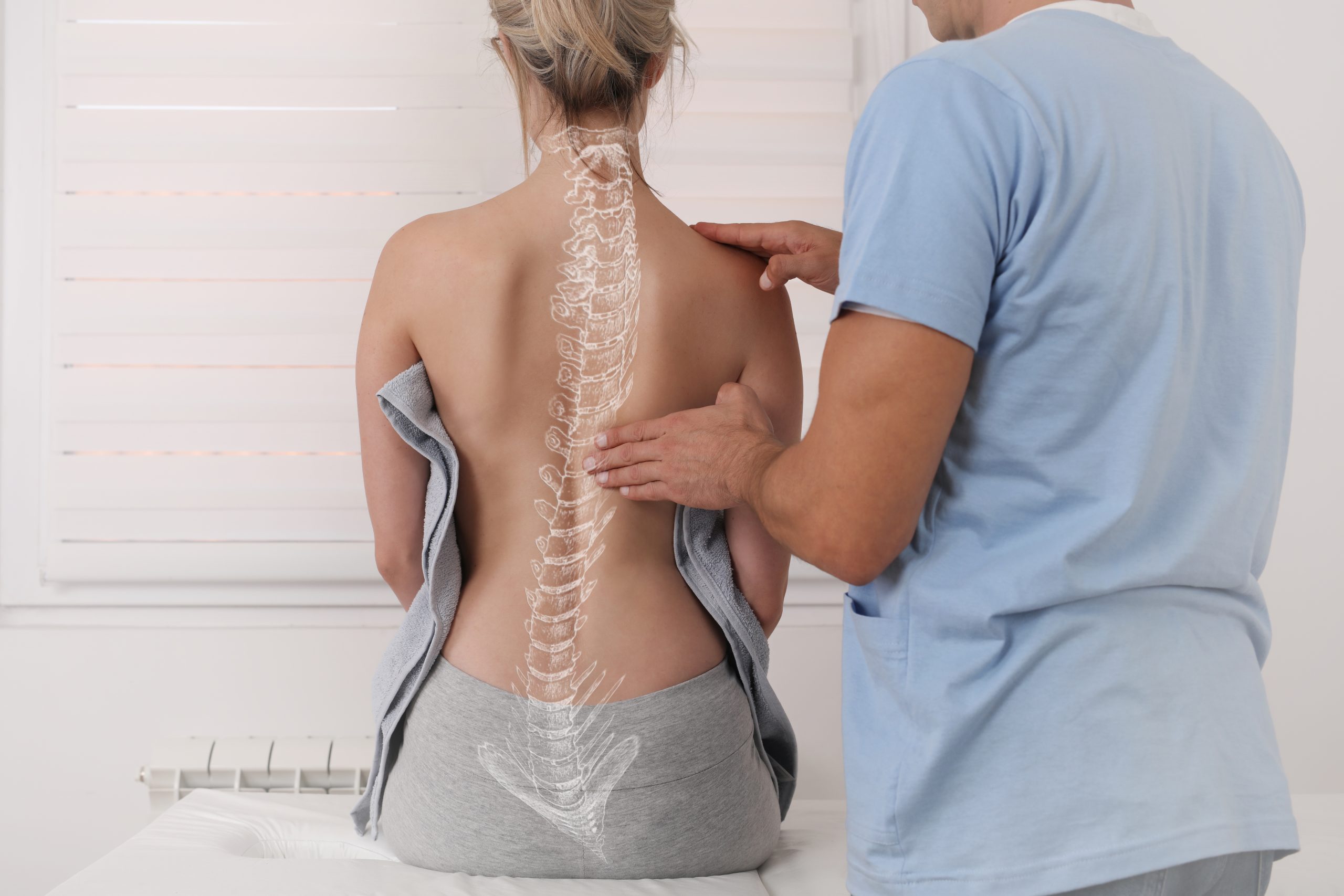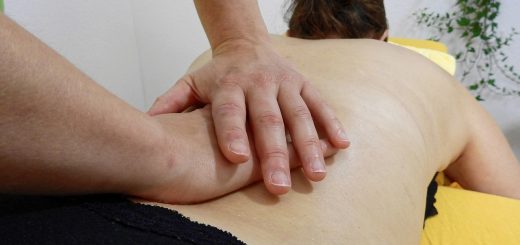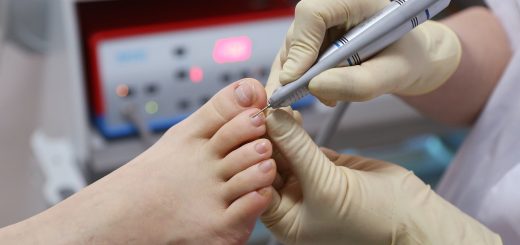The Importance Of Visceral Osteopathy
Osteopathy is a system of care that allows the diagnosis and treatment of mobility restrictions that can affect all structures of the human body. Structural osteopathy is concerned with the skeleton and muscles, while visceral osteopathy is intended for the treatment of internal organs or viscera. Babies, children, adults, elderly people, and pregnant women can consult an osteopath.
In all cases, the basic principle is the same: the search for a restriction of mobility and its manual correction by soft manipulations. To properly function your digestive systems, consult a specialist in visceral osteopathy. So, without further ado, let’s dive into this blog and learn some of the things you need to know about osteopathy and its benefits for pregnant people.
What is visceral osteopathy?

Visceral osteopathy aims to treat the digestive and thoracic organs to improve the body’s general functioning. It focuses on 3 areas:
-
- The thorax is where the lungs and heart are located.
-
- The pelvis, where most of the urogenital system is located.
-
- The abdomen includes the kidneys and digestive organs.
Their proper functioning helps to avoid all digestive disorders and tensions and to limit stress. Visceral osteopathy diagnoses the physiological movements of the viscera manually.
Focus on mobility and motility
Mobility and motility are two fundamental notions in visceral osteopathy. They are two types of movements that animate the organs. Mobility refers to the movement of the organ itself. It is the relationship of an organ to the other organs that surround it, while motility corresponds to the digestive function itself or the capacity of the muscle of an organ to function properly.
In visceral osteopathy, we sometimes hear of rebalancing and correction of mobility, which designates the technique that allows the rebalancing of visceral links while restoring the proper functioning of organs. Osteopathic action includes the correction of mobility in relation to the diaphragm and other viscera and the restoration of the intrinsic functioning of the organ.
Osteopathy is a system of care that can treat and prevent many functional disorders. It is an alternative medicine that diagnoses, controls, and corrects mobility restrictions, which can affect all the structures that make up the human body. This technique is suitable for all ages: infants, children, adults, the elderly, and even pregnant women. Moreover, during pregnancy, osteopathy brings many advantages.
During pregnancy
During the 9 months of pregnancy, a woman’s body will change, and the skeleton will move. In addition, the mother-to-be will gain weight. As a result, the balance of the body changes, causing pain that all mothers know well. Osteopathy helps to restore this musculoskeletal balance.
It is therefore advisable to consult an osteopath at least three times during the pregnancy: at the very beginning of the pregnancy, around 6 months, and at the beginning of the ninth month. In case of particular complaints, additional sessions are necessary. This will improve the physical condition and well-being of the mother-to-be.
The virtues of osteopathy during 9 months

Osteopathy is based on palpation, manipulation, and massage. This technique of care is painless because it is a soft manual therapy. What could be more pleasant than living 9 months of happiness, without danger and without pain? In fact, osteopathy does not present any risk for either mom or baby.
It relieves back pain and soothes nausea and vomiting. In addition, it reduces swelling of the legs and hands, alleviates sciatica at the end of pregnancy, and relieves acid reflux. With this technique, it is possible to correct the posture while attenuating the contractions. For mothers-to-be who do not feel at their best, do not hesitate to consult an experienced osteopath.
Sound off in the comments section below and tell us what you want to read next and if you want to read more about osteopathy.



